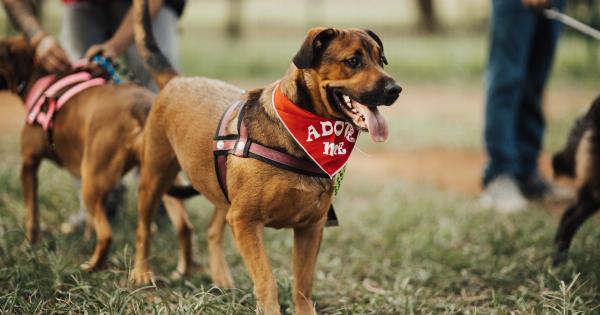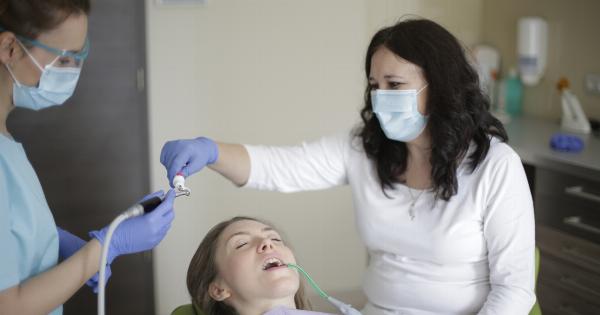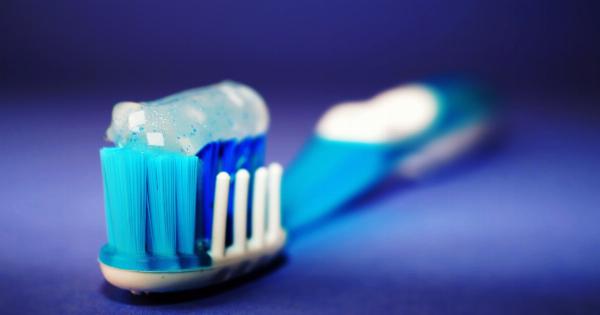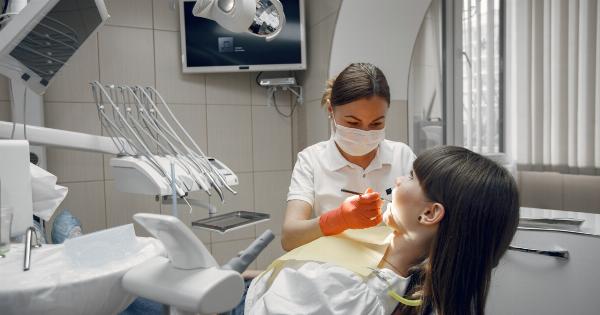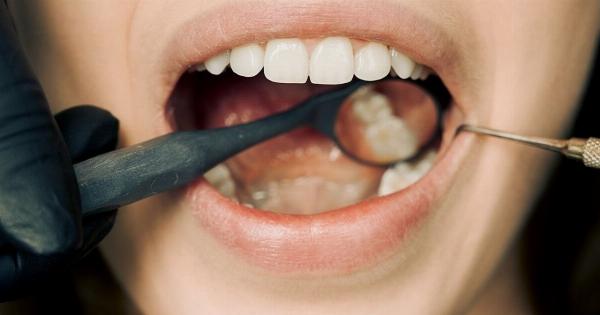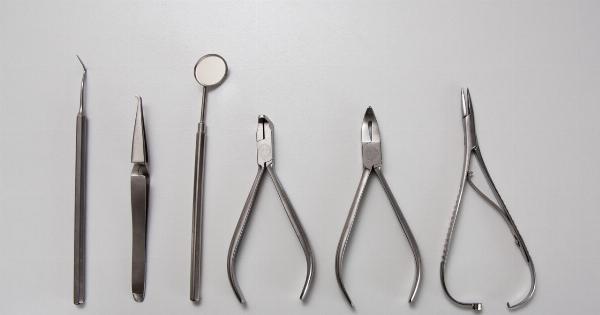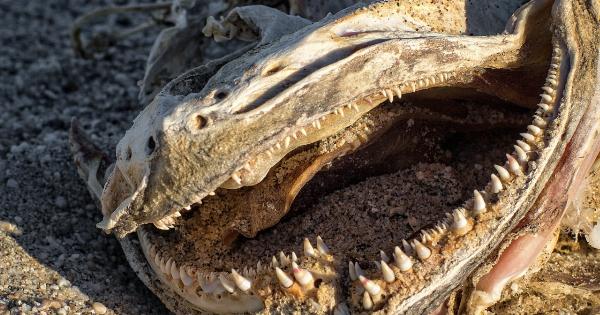Dental health is crucial to the overall well-being of your furry friend. Just as in human existence, dental problems in canines can affect their appetite, nutrition, and even their behaviour.
Therefore, as a responsible dog owner, it is essential to keep a lookout for dental problems to alleviate their discomfort and prevent any harmful or long-term consequences. In this article, we will discuss the signs of dental distress in your canine friend.
1. Bad breath
 One of the most common signs of an underlying dental problem in dogs is bad breath, also known as halitosis. If your dog’s breath smells significantly worse than usual, it could indicate the buildup of bacteria, food particles, or other debris in their mouth.
One of the most common signs of an underlying dental problem in dogs is bad breath, also known as halitosis. If your dog’s breath smells significantly worse than usual, it could indicate the buildup of bacteria, food particles, or other debris in their mouth.
This unpleasant odour can be caused by several forms of dental disease, such as gum disease, tooth decay, and oral infections.
2. Visible tartar or plaque buildup
If you notice a yellow or brown layer covering your dog’s teeth or gums, it may be a sign of tartar or plaque buildup. This layer can harden over time, causing tooth decay, gum disease, and tooth loss.
Regular dental checkups can help prevent this by catching the problem early and treating it before it escalates.
3. Changes in eating habits
If your dog starts to eat slowly, chewing on one side of the mouth, or avoiding solid foods or chew toys altogether, it might indicate that they are experiencing pain or discomfort in their mouth.
This change in appetite could be a result of several dental problems, such as tooth decay, gum disease, or loose teeth.
4. Swollen or bleeding gums
 If your dog’s gums look red, inflamed, or swollen, it could signify an issue. Gum disease is a common dental problem for canines caused by bacteria and plaque buildup. In severe cases, it can even lead to tooth loss.
If your dog’s gums look red, inflamed, or swollen, it could signify an issue. Gum disease is a common dental problem for canines caused by bacteria and plaque buildup. In severe cases, it can even lead to tooth loss.
Additionally, if you notice blood on your dog’s chew toys, it could indicate gum disease, and it is essential to take them to the veterinarian promptly.
5. Excessive drooling
Drooling is a natural process in dogs, but excessive drooling could be a sign of oral discomfort. If your dog drools excessively or seems to have more saliva than usual, it could signify that they are experiencing oral pain or dental distress.
In some cases, this could also be accompanied by difficulty drinking or eating.
6. Pawing or rubbing the mouth
If your dog is pawing or rubbing its mouth frequently, it could indicate that they are experiencing oral discomfort.
Dogs tend to paw or scratch at areas that are bothering them, and this isn’t any different when they’re in pain or having dental issues.
7. Reluctance to play or toys
Dogs enjoy playing with their toys, and they usually love to chew on them. Instances arise where your canine friend might suddenly stop chewing on their toys.
If they don’t seem interested in playing or chewing on their toys like before, it might indicate that they are having pain in their teeth or mouth.
8. Aggressive behavior
If your usually friendly and calm dog suddenly becomes aggressive or irritable, it could be due to dental distress. Dogs can behave aggressively when they are in pain, and dental problems are no exception.
They may also experience constant discomfort, making them agitated and unwilling to socialize.
9. Shying away from contact with their head
If your dog is avoiding contact with their head or flinches when you attempt to touch their face, it could indicate dental problems.
Dogs typically don’t shy away from cuddles and petting, but if they do, it could signify that they are in pain and suffering from dental issues.
10. Changes in mood or sleeping patterns
If your dog experiences constant discomfort from their dental issues, they may also start to exhibit changes in their mood or sleeping patterns.
They may find it hard to rest or sleep due to the pain or discomfort, and the persistent pain could also affect their happiness and overall energy levels.
Conclusion
Taking care of your dog’s dental hygiene plays a vital role in their overall well-being and happiness.
As a responsible owner, it is essential to know the signs of dental distress in your canine friend and take appropriate action to prevent any further complications or consequences. Regular dental checkups are essential for the early detection of dental problems and can avoid long-term pain and discomfort for your dog.
Remember, your furry friend relies on you to keep them in good health and dental hygiene is part of this obligation.

